Page 129 of 173
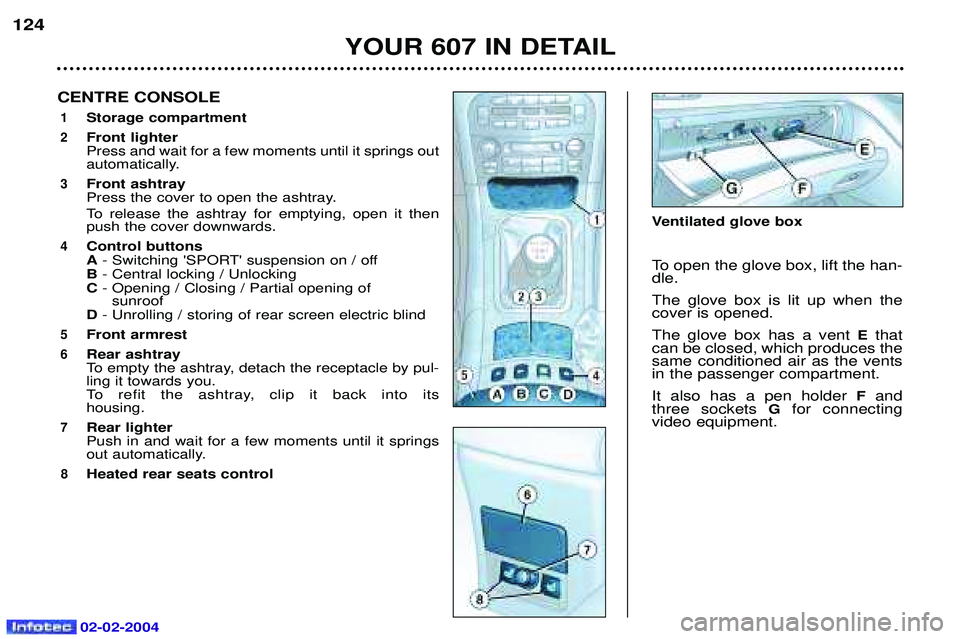
02-02-2004
YOUR 607 IN DETAIL
124
CENTRE CONSOLE
1Storage compartment
2Front lighter Press and wait for a few moments until it springs out
automatically.
3Front ashtray
Press the cover to open the ashtray.
To release the ashtray for emptying, open it then push the cover downwards.
4Control buttons A
- Switching 'SPORT' suspension on / off
B - Central locking / Unlocking
C - Opening / Closing / Partial opening of
sunroof
D - Unrolling / storing of rear screen electric blind
5Front armrest
6Rear ashtray
To empty the ashtray, detach the receptacle by pul- ling it towards you.
To refit the ashtray, clip it back into its housing.
7Rear lighter Push in and wait for a few moments until it springs
out automatically.
8Heated rear seats control
Ventilated glove box
To open the glove box, lift the han- dle. The glove box is lit up when the cover is opened. The glove box has a vent Ethat
can be closed, which produces the same conditioned air as the ventsin the passenger compartment. It also has a pen holder F
and
three sockets Gfor connecting
video equipment.
Page 130 of 173
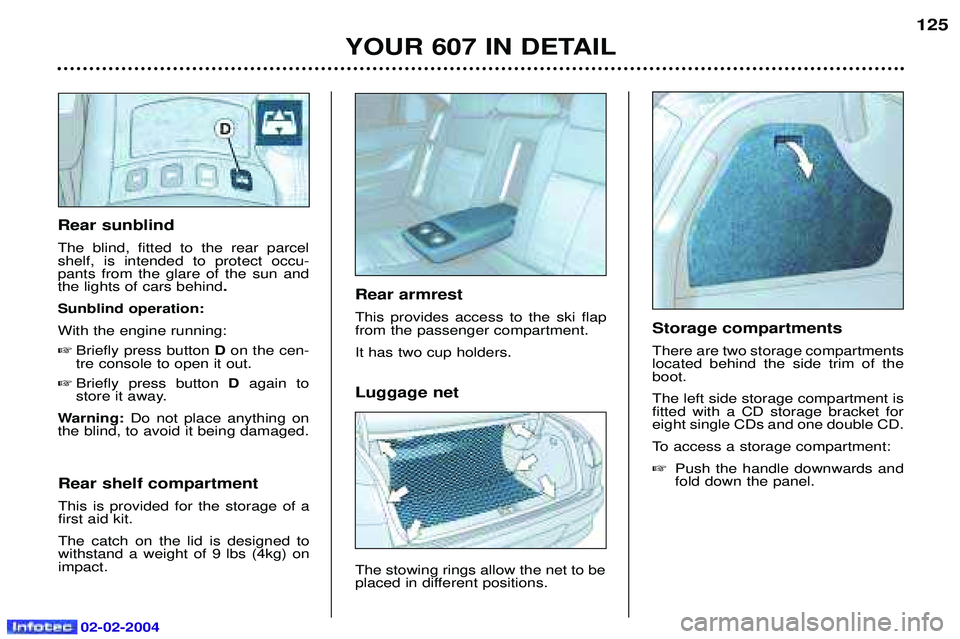
02-02-2004
Luggage net The stowing rings allow the net to be
placed in different positions.
YOUR 607 IN DETAIL125
Rear sunblind The blind, fitted to the rear parcel shelf, is intended to protect occu-pants from the glare of the sun andthe lights of cars behind
.
Sunblind operation: With the engine running: � Briefly press button Don the cen-
tre console to open it out.
� Briefly press button Dagain to
store it away.
Warning: Do not place anything on
the blind, to avoid it being damaged. Rear armrest This provides access to the ski flap from the passenger compartment. It has two cup holders.
Storage compartmentsThere are two storage compartments located behind the side trim of theboot. The left side storage compartment is fitted with a CD storage bracket foreight single CDs and one double CD.
To access a storage compartment:�
Push the handle downwards and fold down the panel.
Rear shelf compartment This is provided for the storage of a first aid kit. The catch on the lid is designed to withstand a weight of 9 lbs (4kg) onimpact.
Page 131 of 173

The four speed automatic gearbox offers a choice between the comfort of
integral automatic operation , enhanced by a sport and a snow programme,
or the pleasure of manual gear changing .
Gear selection gate
�Move the lever in the gate to select a function. Once the function is selected, the corresponding indicator light appears on the instrument panel screen.
S: sport programme.
� : snow programme.
P ark: to immobilise the vehicle and to start the engi-
ne , with the handbrake on or off.
R everse: to reverse (select this function with the
vehicle stationary, engine at idle). N eutral: to start the engine and to park, with the
handbrake on. Note: if position Nis inadvertently engaged while
driving, allow the engine to return to idle before engaging function Dto accelerate.
D rive: for drivingin automatic mode.
M anual: for drivingin manual mode.
YOUR 607 IN DETAIL
126
'PORSCHE TIPTRONIC system' AUTOMATIC GEARBOX
Moving Off
With the engine running, to move off from position P:
� it is essential to press the brake
pedal to exit position P,
� select function R, D or M, then
gradually release the pressure onthe brake pedal; the vehicle
moves off immediately.
You can also move off from position N:
� release the handbrake, with yourfoot on the brake,
� select function R, D or M, then
gradually release the pressure onthe brake pedal; the vehicle
moves off immediately.
WARNING When the engine is at idle, brakes not applied, if function R, D or Mis
selected, the vehicle moves evenwithout the accelerator being pres-sed. For this reason, do not leave
children unsupervised inside the vehicle, with the engine running. When maintenance operations need to be carried out with the engine running, apply the handbrake andselect position P.
02-02-2004
Page 132 of 173

02-02-2004
Notes
It is only possible to change from one gear to another if the vehicle speedand engine speed permit. If they donot, the vehicle will operate tempora-rily in automatic mode. When the vehicle is stationary or
moving very slowly, the gearboxautomatically selects gear M1.
Programmes S(sport) and �(snow)
do not operate in manual mode. Operating abnormality
Any operating abnormality is shown by illumination of thiswarning light, accompaniedby an audible signal and themessage 'Automatic gear-
box faulty' on the multi-function dis-
play. In this situation the gearbox operates in downgrade mode (locked in 3rd
gear). You may feel a substantialknock when changing from Pto R
and from Nto R(this will not cause
any damage to the gearbox). Do not exceed 60 mph (100 km/h).
Contact a PEUGEOT dealer as soon as possible.Automatic operation
Automatic changing of the four gears:
� select function Din the gate.
The gearbox always selects the most suitable gear according to the follo-wing parameters:
- the style of driving,
- the road profile,
- the vehicle load.The gearbox is then operating in auto-adaptive mode, without anyaction on your part.
WARNING Never select function N when the
vehicle is moving.Never select functions Por Runless
the vehicle is stationary.Never change betwen functions to optimise braking on a slippery surface. Notes For immediate maximum accelera-
tion without touching the gear lever,press the accelerator pedal down as
far as it will go (kickdown). The gear-box will automatically change downor maintain the gear selected untilmaximum engine speed is reached. When the brake is applied, the gear- box will automatically change down
in order to provide efficient enginebraking.
If you take your foot off the accelera-
tor suddenly, the gearbox will notchange to a higher gear for reasons
of safety. Sport and snow programmesIn addition to the auto-adaptive pro-gramme, there are two special pro-grammes.The programme is displayed on theinstrument panel screen. Sport programme
� Press button Sonce the vehicle
has been started and function D
selected.
The gearbox automatically favours sporty driving and more dynamicacceleration. Snow programme This programme improves starting
and drive when traction is poor. � Press button �once the vehicle
has been started and function D
selected.
The gearbox adapts to driving onslippery roads. Note: you can return to the auto-
adaptive programme at any time.
� Press button S or �again to switch
off the programme you are in.
Manual operation Manual changing of the four gears:
� select function M in the gate,
� push the lever to the +sign to
change to a higher gear,
� pull the lever to the - sign to change
to a lower gear.
You can change from position D
(driving in automatic mode) to position M (driving in manual mode) at any time.
YOUR 607 IN DETAIL 127
If the battery is flat and the lever is in position
P, it will
be impossible to changeto another position.
Page 133 of 173
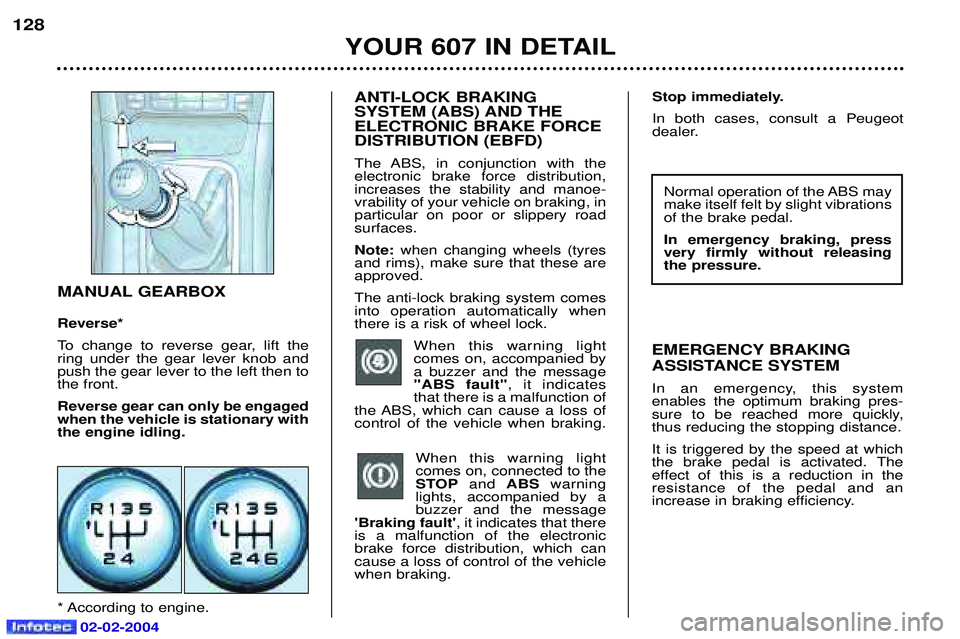
ANTI-LOCK BRAKING
SYSTEM (ABS) AND THEELECTRONIC BRAKE FORCEDISTRIBUTION (EBFD)
The ABS, in conjunction with the electronic brake force distribution,increases the stability and manoe-vrability of your vehicle on braking, inparticular on poor or slippery roadsurfaces. Note:when changing wheels (tyres
and rims), make sure that these are approved. The anti-lock braking system comes into operation automatically whenthere is a risk of wheel lock.
When this warning lightcomes on, accompanied bya buzzer and the message"ABS fault" , it indicates
that there is a malfunction of
the ABS, which can cause a loss ofcontrol of the vehicle when braking.
When this warning lightcomes on, connected to the
STOPand ABS warning
lights, accompanied by abuzzer and the message
'Braking fault' , it indicates that there
is a malfunction of the electronicbrake force distribution, which cancause a loss of control of the vehiclewhen braking.
YOUR 607 IN DETAIL
128
EMERGENCY BRAKING
ASSISTANCE SYSTEM
In an emergency, this system enables the optimum braking pres-
sure to be reached more quickly,thus reducing the stopping distance. It is triggered by the speed at which
the brake pedal is activated. The
effect of this is a reduction in theresistance of the pedal and an
increase in braking efficiency.Stop immediately. In both cases, consult a Peugeot
dealer.
Normal operation of the ABS maymake itself felt by slight vibrationsof the brake pedal. In emergency braking, press very firmly without releasingthe pressure.
MANUAL GEARBOX Reverse*
To change to reverse gear, lift the ring under the gear lever knob andpush the gear lever to the left then tothe front. Reverse gear can only be engaged when the vehicle is stationary withthe engine idling.
* According to engine.
02-02-2004
Page 134 of 173

02-02-2004
YOUR 607 IN DETAIL
130
ELECTRONICALLY CONTROLLED SUSPENSION The suspension adapts automatical- ly and instantly to different drivingstyles and road characteristics,improving the comfort of the occu-pants and the vehicle's road holdingcapabilities. The suspension favours smooth shock absorption, ensuring a com-fortable ride, but as soon as condi-tions demand a change (sporty dri-ving, tight bends, avoidance action,etc.) it automatically selects firmershock absorption, guaranteeing opti-mum road holding. Selecting the SPORT position
�Press switch 1, the
SPORT indicator light will
come on, accompaniedby an audible signal.
In this position, the suspension ismaintained in the SPORT position.
To return to automatic operation
� Press switch 1again. The
indicator light will go out and the AUTOindicator
light comes on, accompa-nied by an audible signal.
Operating check This is confirmed by the switch light
and the indicator lights. The switchlight comes on for approximatelythree seconds every time the ignitionis switched on. If the switch light flashes or if the indicator light comes on, accompa-nied by an audible signal and themessage ' Hydraulic suspension
pressure insufficient' , contact your
PEUGEOT dealer.
THE HANDBRAKE
To applyWhen parking on a slope, turn the wheels towards the kerb and applythe handbrake.
To release Pull the handle and press the button to release the handbrake and movethe vehicle.
Page 135 of 173

02-02-2004
YOUR 607 IN DETAIL129
Operating check
When a malfunction of the sys- tems occurs, the switch lightflashes and the warning lightcomes on, accompanied by anaudible signal and the mes-
sage 'ESP/ASR system faulty' on the
multi-function display.
Contact a PEUGEOT dealer to have the system checked.
Disarming the ASR/ESP systems In exceptional conditions (starting a vehicle which is bogged down, stuck
in snow, on soft ground...), it may be
advisable to disarm the ASR system,so that the wheels can move freelyand regain grip.
�Press the 'ESP OFF'
switch, located under thesteering wheel to the left.
The switch lights up and thewarning light comes on,accompanied by an audiblesignal and the message
'ASR/ESP system de-acti-vated' on the multiÐfunction
display : the ASR and ESP systems
no longer have any effect on theengine operation. These are triggered again :
� automatically if the ignition is
switched off,
� manually by pressing the switchagain.DYNAMIC STABILITY
CONTROL (ESP) AND
TRACTION CONTROL (ASR) These systems are linked and com-
plementary to the ABS system. In the event of a significant variation between the trajectory of the vehicle
and the path required by the driver,
the ESP system acts automaticallyon the engine and on the brake ofone or more wheels, to put the vehi-cle back on course. The traction control (ASR) system optimises drive, in order to avoid thewheels slipping, by acting on thebrakes of the drive wheels and onthe engine. It also enables the direc-tional stability of the vehicle to beimproved during acceleration. Operation of the ESP
and ASR systems
When one of the two sys-tems is in operation, thisindicator light flashes.
The ESP system offers exceptional safety in nor-mal driving, but this shouldnot encourage the driver totake extra risks or drive at
high speed. The correct functioning of this sys- tem depends on observation of themanufacturer's recommendationsregarding wheels (tyres and rims),the braking components and theelectronic components, as well asthe PEUGEOT assembly andoperation procedures. After an impact, have the system checked by a PEUGEOT dealer
Page 136 of 173

02-02-2004
YOUR 607 IN DETAIL131
CRUISE CONTROL Cruise control enables the vehicle to maintain a steady speed pro-
grammed by the driver, regardless ofthe road characteristics and withoutthe driver having to touch the accel-erator or brake pedals. In order for it to be memorised, the vehicle speed must be greater than25 mph (40 km/h) or 40 mph
(60 km/h), (according to engine),with at least 4th gear engaged
(2nd gear for the automatic gear-box).Operation
�Place the ring of switch 1
in the ON position. The
indicator light will come onaccompanied by an audi-ble signal.
A speed can be memorised. � Place the ring of switch 1 in the OFF position to cancel.
Memorising a speed As soon as you reach the chosen speed, push stalk 1upwards or
downwards. This memorises thespeed, which will be maintained
automatically. Note : it is possible to accelerate
momentarily without disarming the cruise control. Cancelling the memorised speed
If you wish to cancel the memorisedspeed :
� Pull stalk 1towards you or press
the brake or clutch pedal.
Recalling the memorisedspeed
After cancellation, flick stalk 1 upwards or downwards. Your vehicle
will return to the last memorised speed.
Changing a memorised speed
To memorise a speed higher than the previous one:
� keep stalk 1pressed upwards;
� release it when you have reachedthe required speed.
To memorise a speed lower than theprevious one : � keep stalk 1pressed downwards;
� release it when you have reachedthe required speed.
Disarming the cruise control � place the ring in the OFFposition
or switch off the ignition.
Do not use cruise control on slippery roads or inheavy traffic.
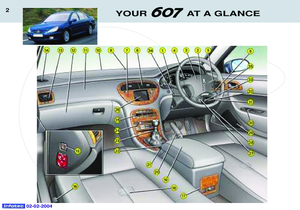 1
1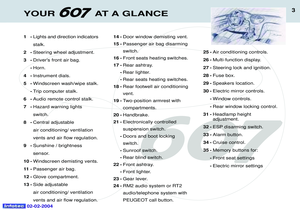 2
2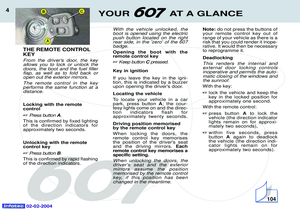 3
3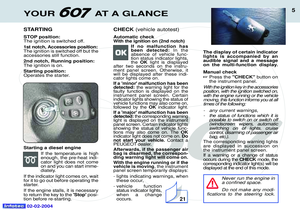 4
4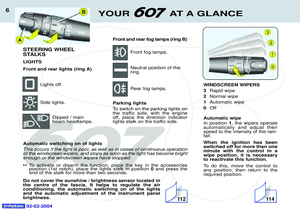 5
5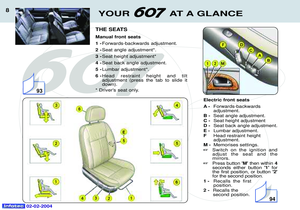 6
6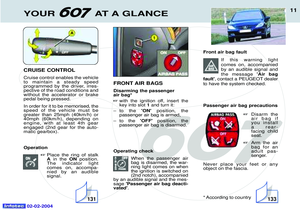 7
7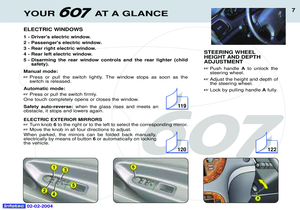 8
8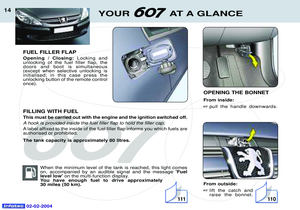 9
9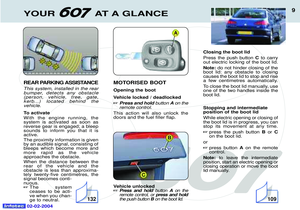 10
10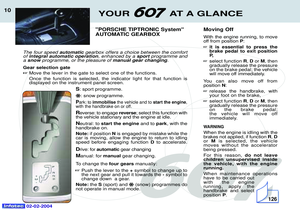 11
11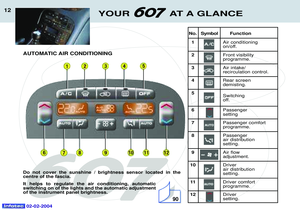 12
12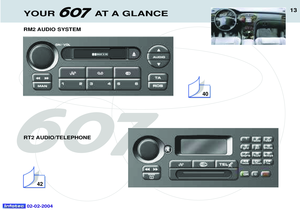 13
13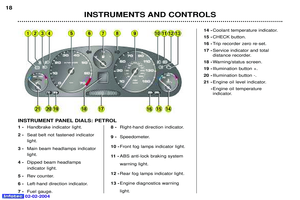 14
14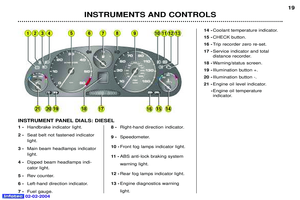 15
15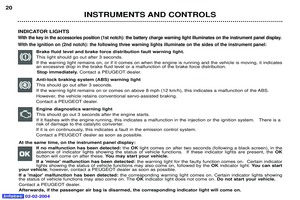 16
16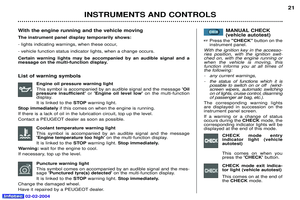 17
17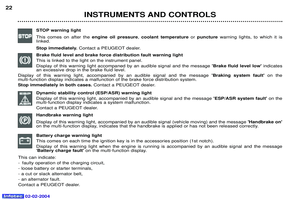 18
18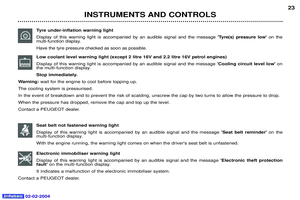 19
19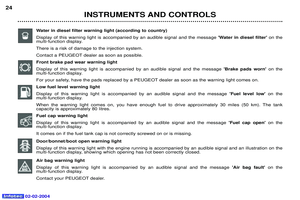 20
20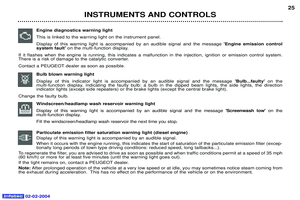 21
21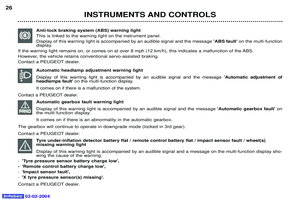 22
22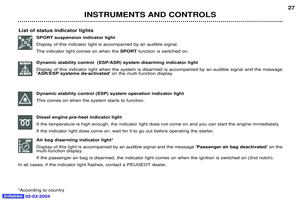 23
23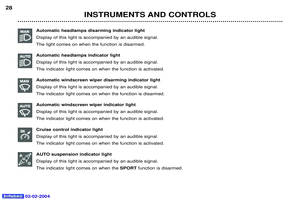 24
24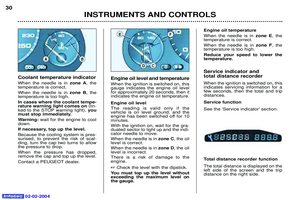 25
25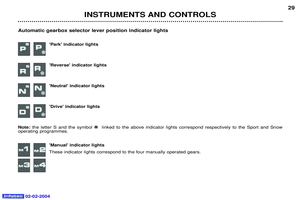 26
26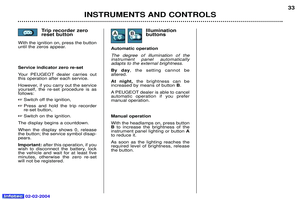 27
27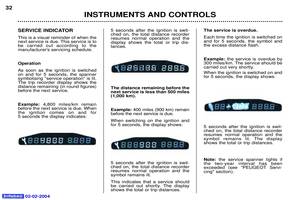 28
28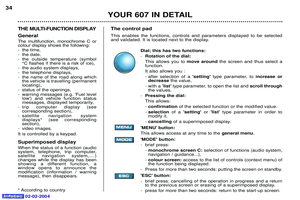 29
29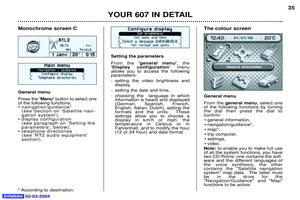 30
30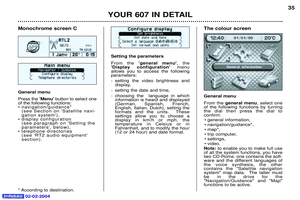 31
31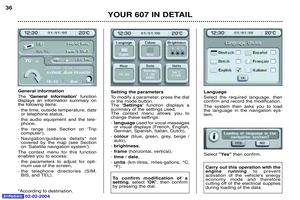 32
32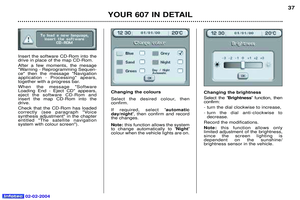 33
33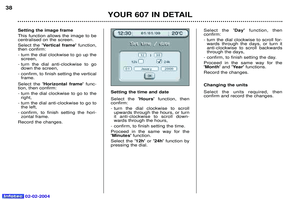 34
34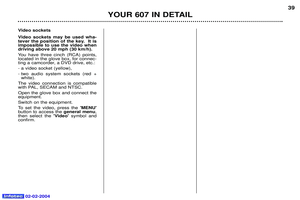 35
35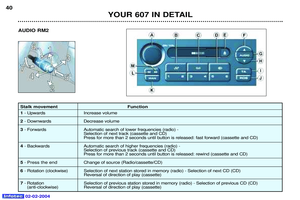 36
36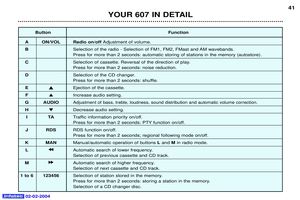 37
37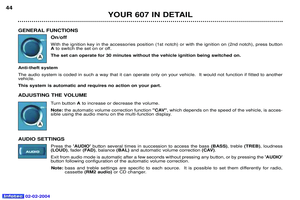 38
38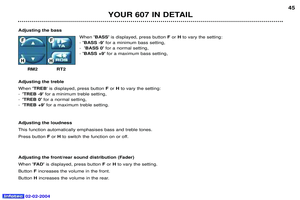 39
39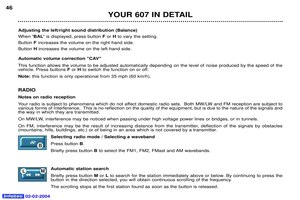 40
40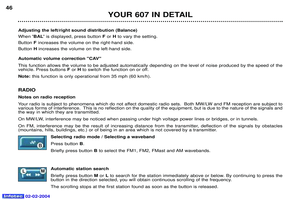 41
41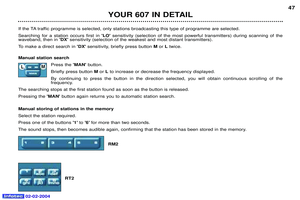 42
42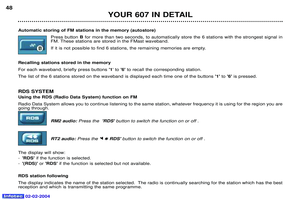 43
43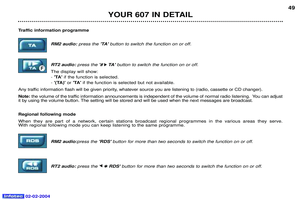 44
44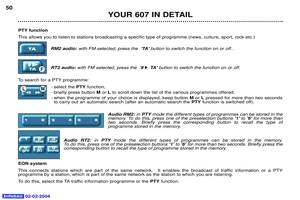 45
45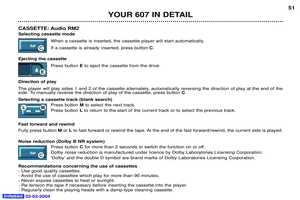 46
46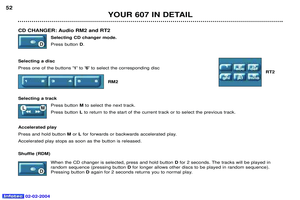 47
47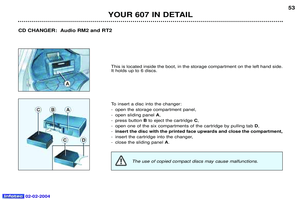 48
48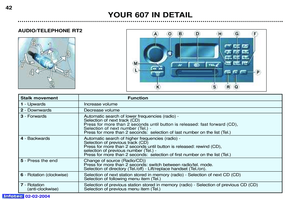 49
49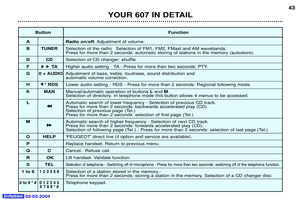 50
50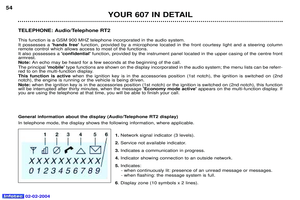 51
51 52
52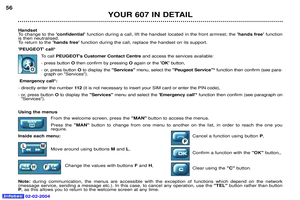 53
53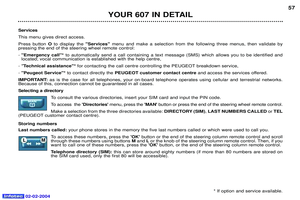 54
54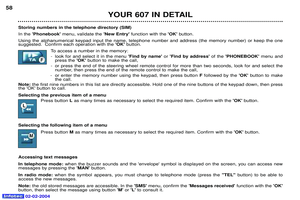 55
55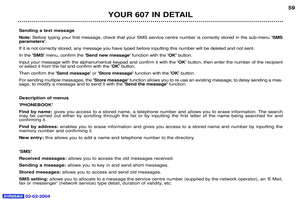 56
56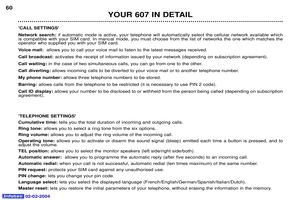 57
57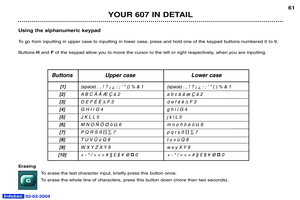 58
58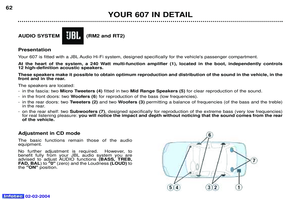 59
59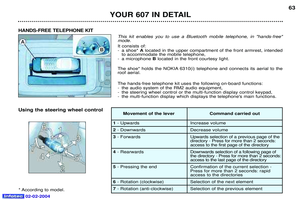 60
60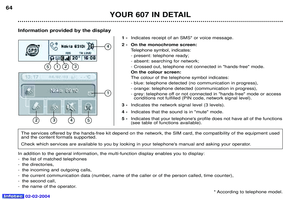 61
61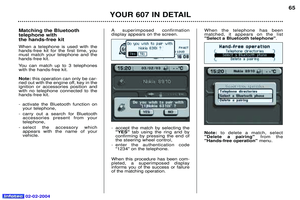 62
62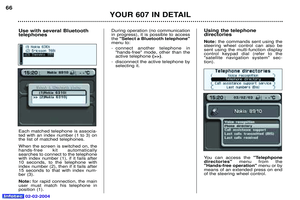 63
63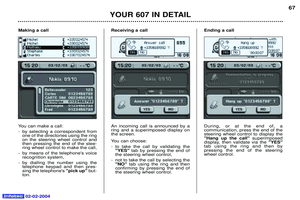 64
64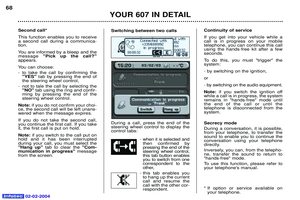 65
65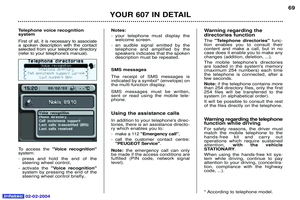 66
66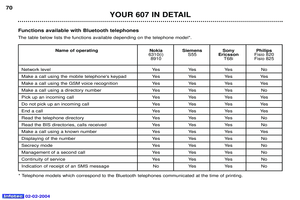 67
67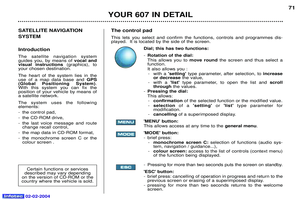 68
68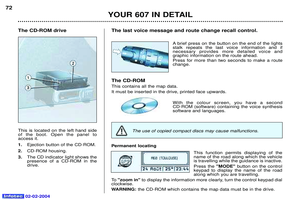 69
69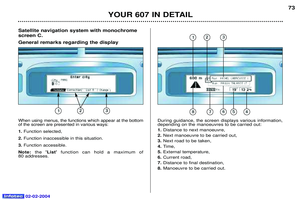 70
70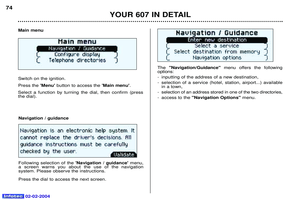 71
71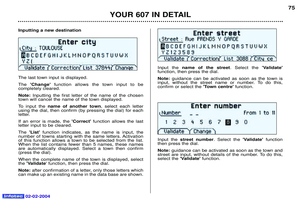 72
72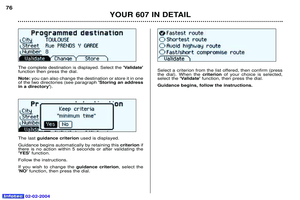 73
73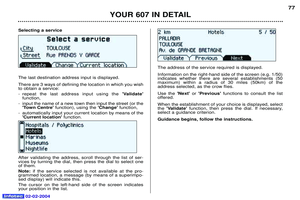 74
74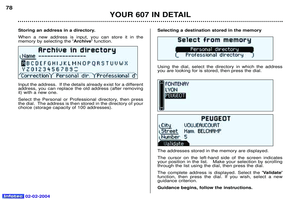 75
75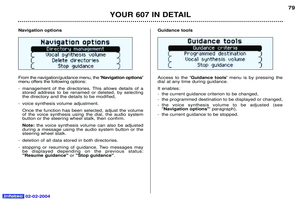 76
76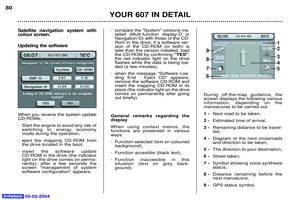 77
77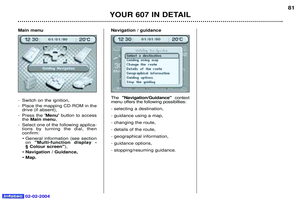 78
78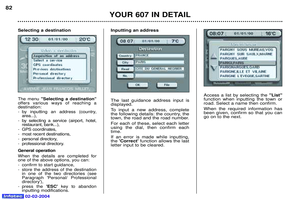 79
79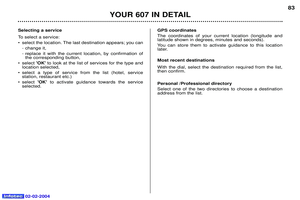 80
80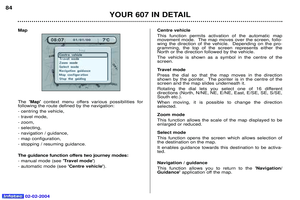 81
81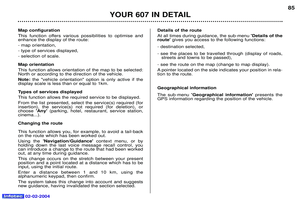 82
82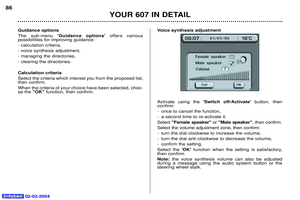 83
83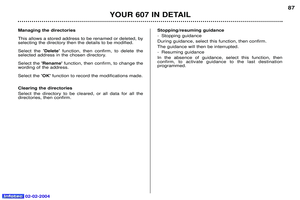 84
84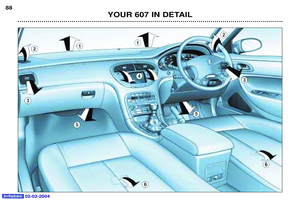 85
85 86
86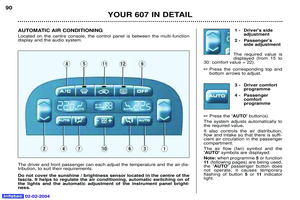 87
87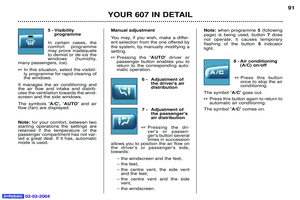 88
88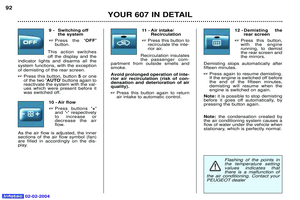 89
89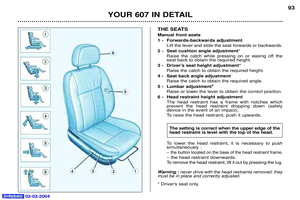 90
90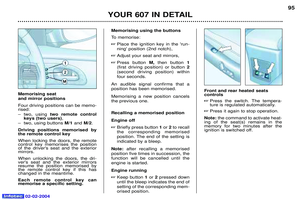 91
91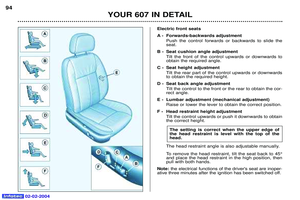 92
92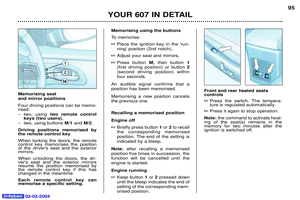 93
93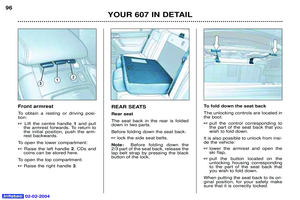 94
94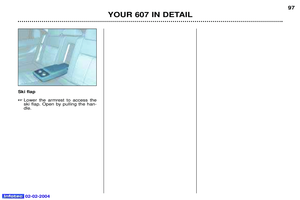 95
95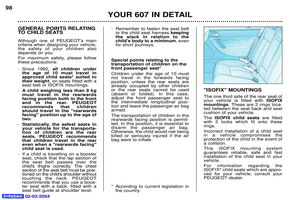 96
96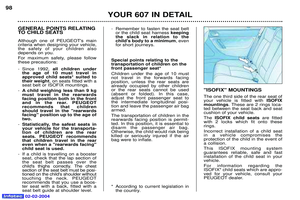 97
97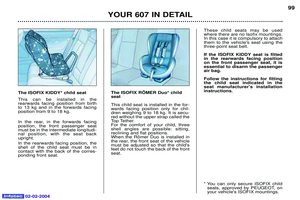 98
98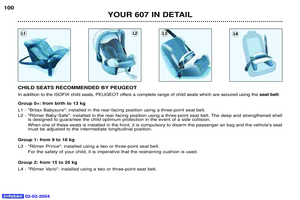 99
99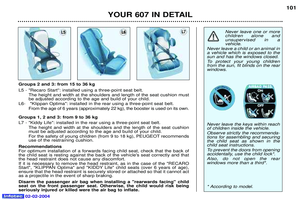 100
100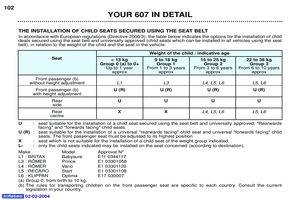 101
101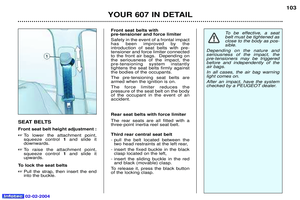 102
102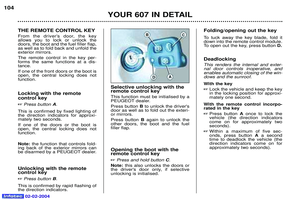 103
103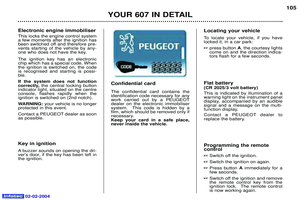 104
104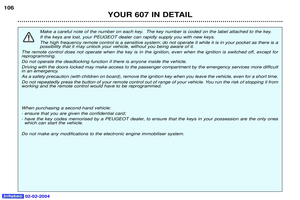 105
105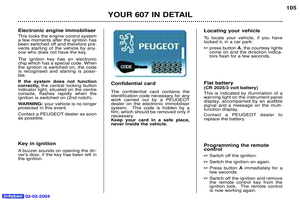 106
106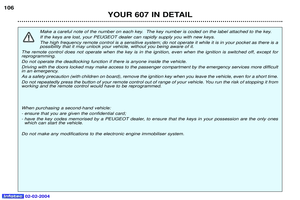 107
107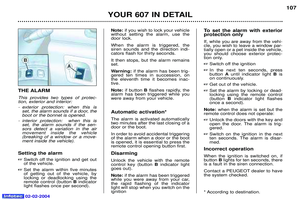 108
108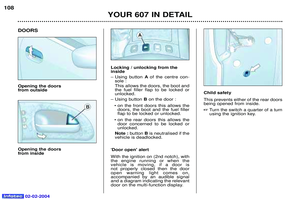 109
109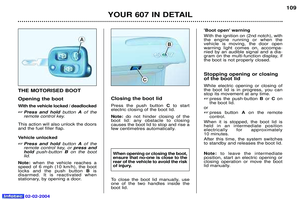 110
110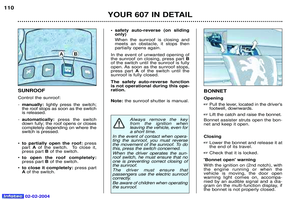 111
111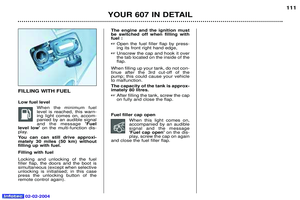 112
112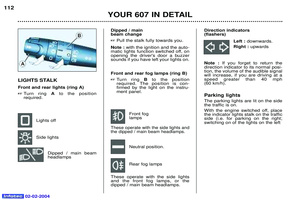 113
113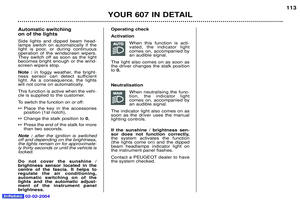 114
114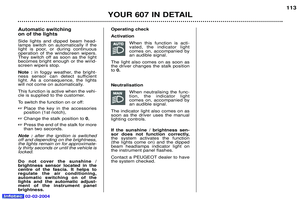 115
115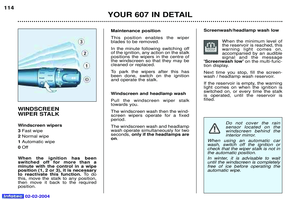 116
116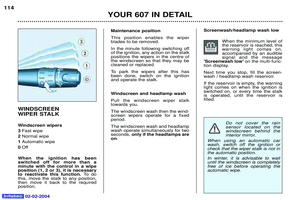 117
117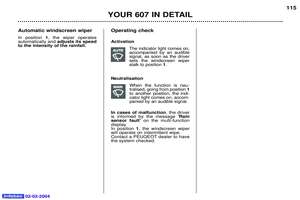 118
118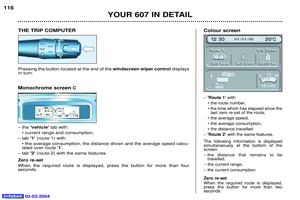 119
119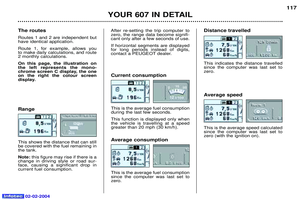 120
120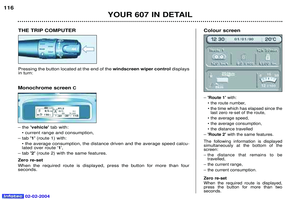 121
121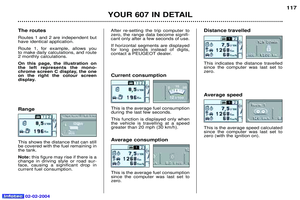 122
122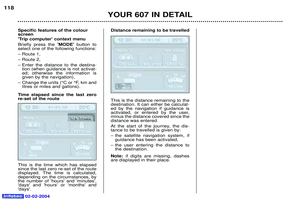 123
123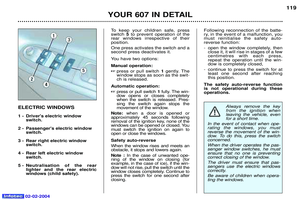 124
124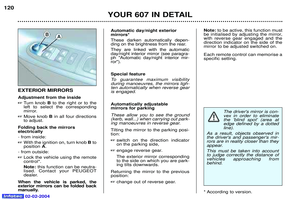 125
125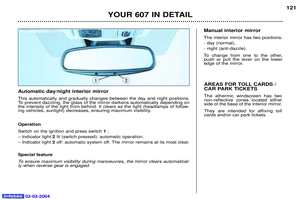 126
126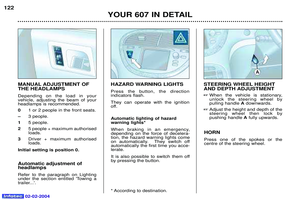 127
127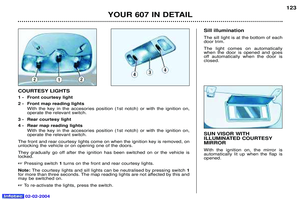 128
128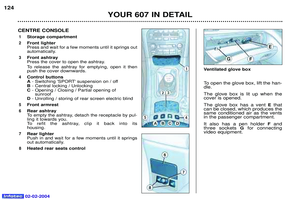 129
129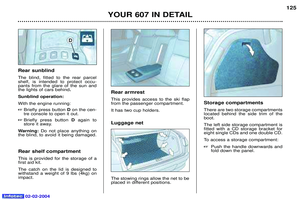 130
130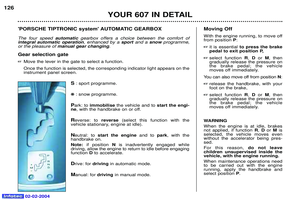 131
131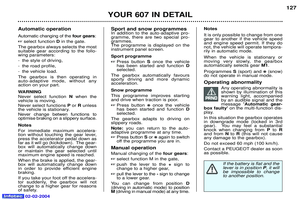 132
132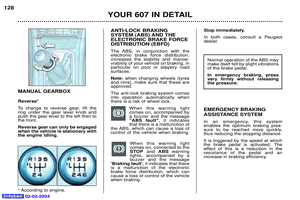 133
133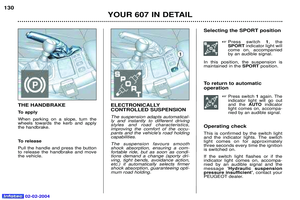 134
134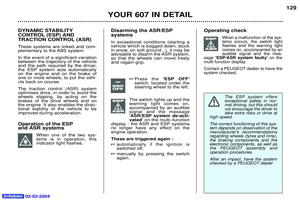 135
135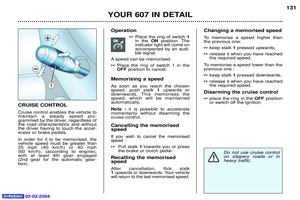 136
136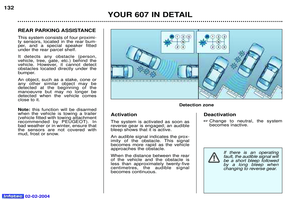 137
137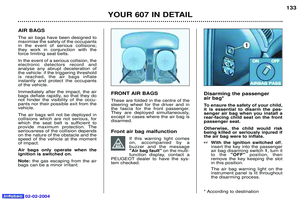 138
138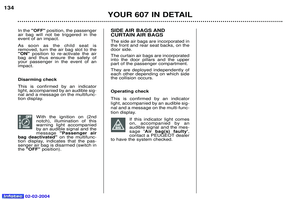 139
139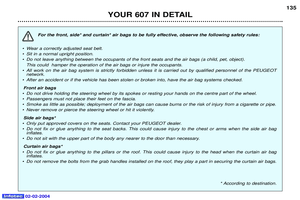 140
140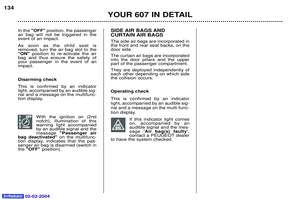 141
141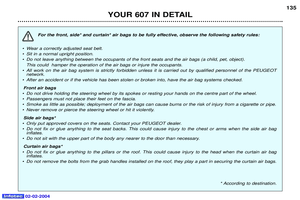 142
142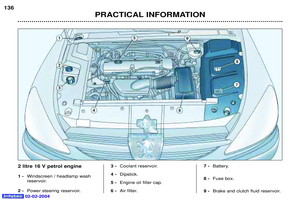 143
143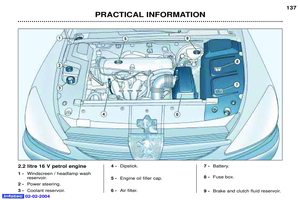 144
144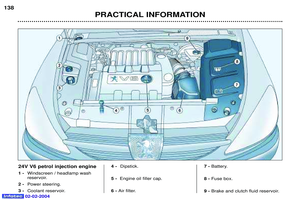 145
145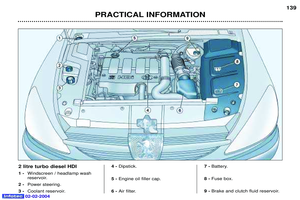 146
146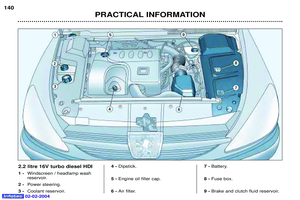 147
147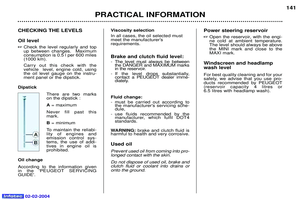 148
148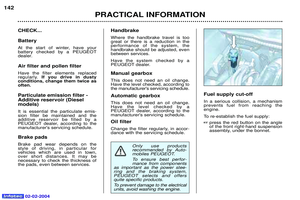 149
149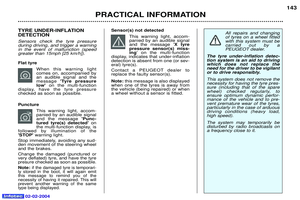 150
150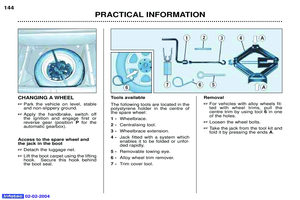 151
151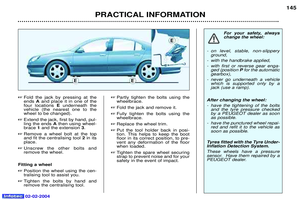 152
152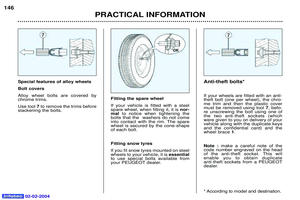 153
153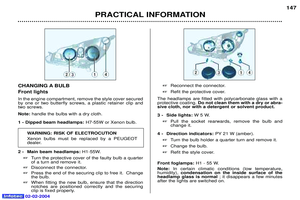 154
154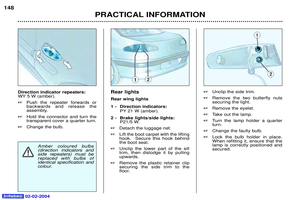 155
155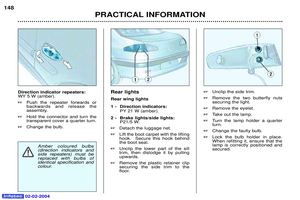 156
156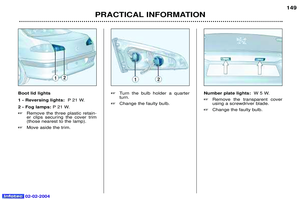 157
157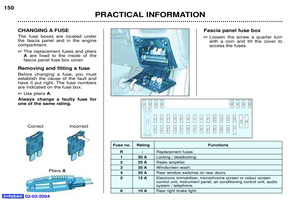 158
158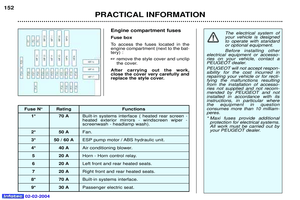 159
159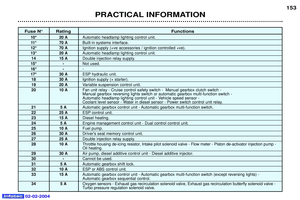 160
160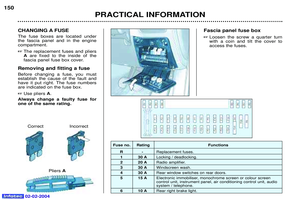 161
161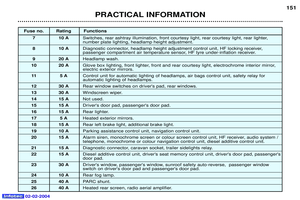 162
162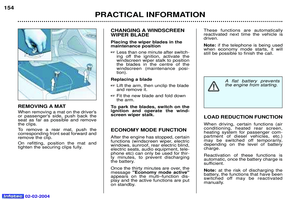 163
163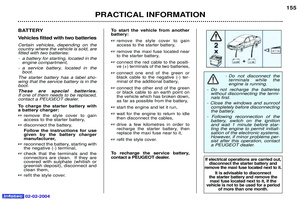 164
164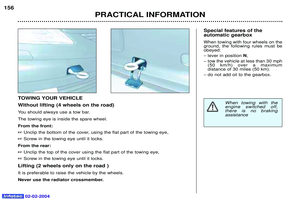 165
165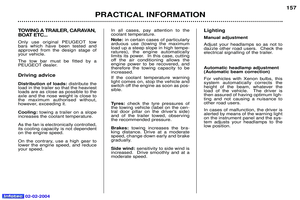 166
166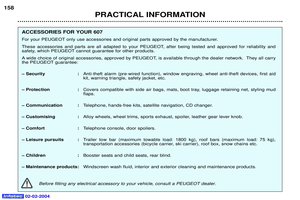 167
167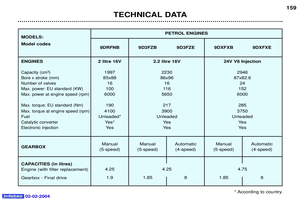 168
168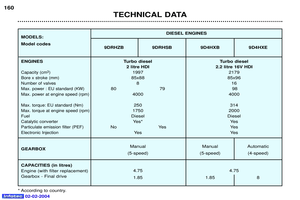 169
169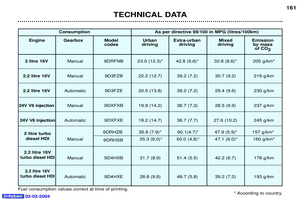 170
170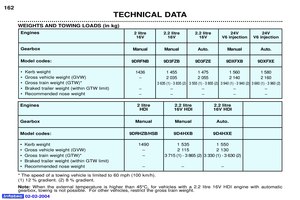 171
171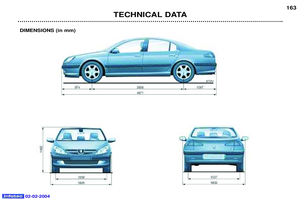 172
172






